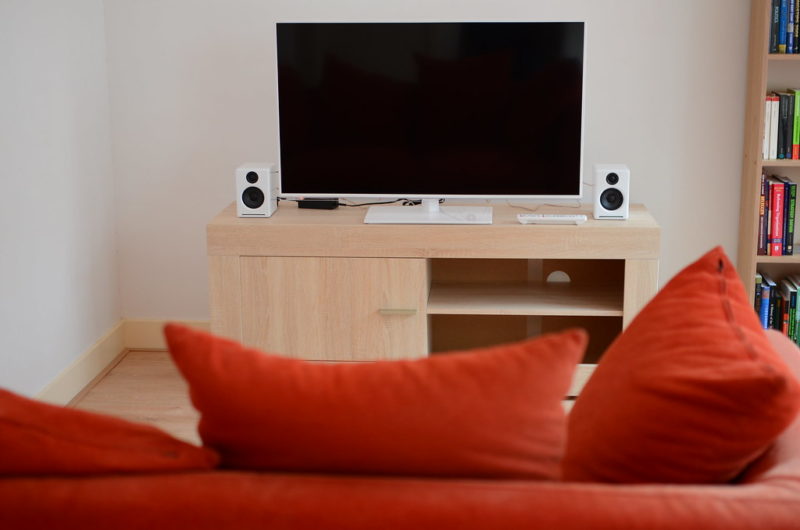Older folks used to call any type of moving picture that wasn’t their favourite soap a “TV game.” It could be a state-of-the-art supercomputer, a Playstation, or Super Mario – and they would still refer to all of these systems by the same term: they were TV games.

It made sense, because most gaming consoles would plug straight into a television set. On very, very old sets, it would still work (but you’d need some adaptors).
Smart televisions have brought the circle of life back to the beginning. Now, you can plug any game you want straight into your television, just like the old-fashioned days.
If you find your current bridge-playing display too small, here’s a fresh thought…
Have you thought of hooking up a smart television for your bridge game?
1. See that? That’s HDMI
Let’s say that you’re an enthusiastic bridge player who has the combination of a smart television and laptop/computer in the household.
Smart televisions allow you to connect things. Start by looking for the panel indicating that THINGS GO HERE. Usually, there are several “ports” located either on the back or at the sides of your television.
USB-connections are common. Somewhere close to that, you’ll see one more.
That’s the HDMI connection.
For a wired connection straight from your system to TV, get an HDMI cable. If you have no idea what this is, ask your local tech store: they’ll know.
One bit goes into the computer, and the other into the television.
I’m aware that there are other ways to do the same, sans cables. Internet connectivity allows for direct casting, but I argue that sometimes cables are an easier fix.
2. Set the source
Once you’ve connected your computer to your television, the first surprise is that nothing will happen. Relax! In most cases, you’ve done everything right and just have to follow the next step.
Set the television source to HDMI.
The option for this will be on your remote.
If everything is being picked up correctly, expect to see your PC display appear on your television.
From here, you can do anything you would normally do, but projected on a much larger screen.
3. Check your settings
Always take a moment to navigate to your computer’s settings once you’ve connected the two. Display settings allows you to set things like contrast or aspect ratio – and these are all essential settings you could use if things look just a little “weird” from the start.
If the connection doesn’t take and all you get is a dark screen, you’ll also find ways to fix it (via the Display Input tab).
Enjoy a bigger display of the cards!
Do you have any plans to play bridge on your television anytime soon?
